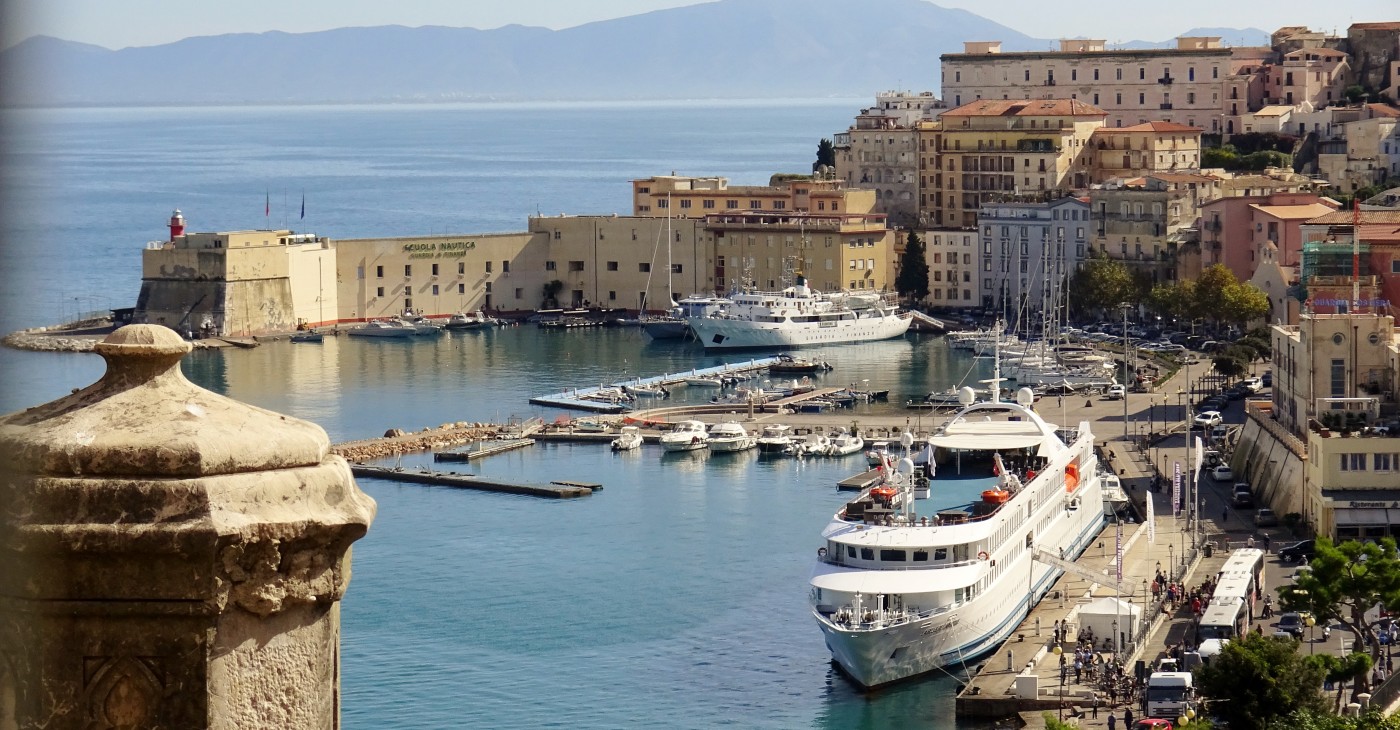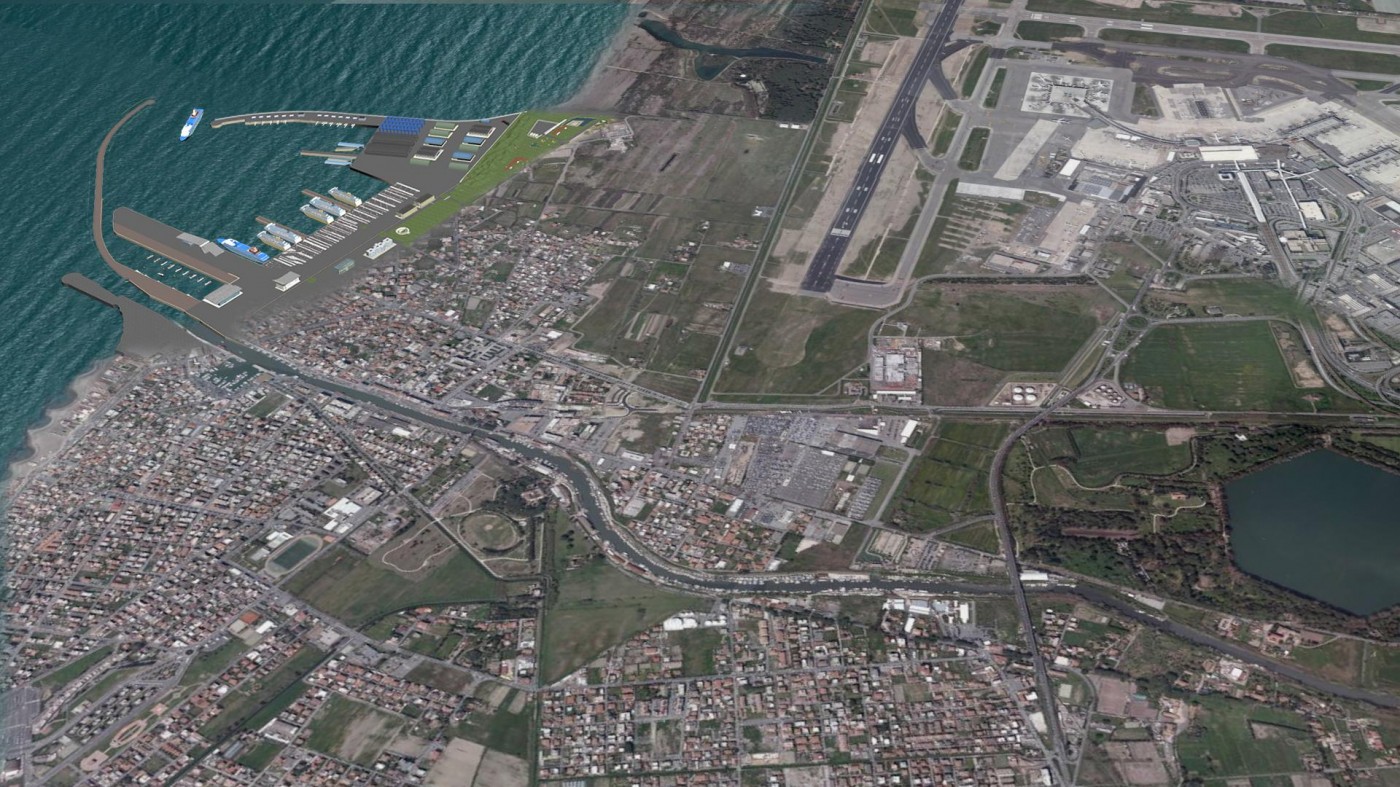26 February 2021
ESPO talks this month to Pino Musolino, the recently appointed President and CEO of the Port System Authority of the Central Northern Tyrrhenian Sea. In this interview, Pino Musolino tells ESPO how he got into the port sector, and gives his views, among others, on the COVID-19 pandemic and its impact on his port as well as on the global value and production chains, the relevance, possibilities, but also risks of the Chinese Belt and Road Initiative, and the way a port managing body can contribute to the decarbonisation of the transport and logistics sector.
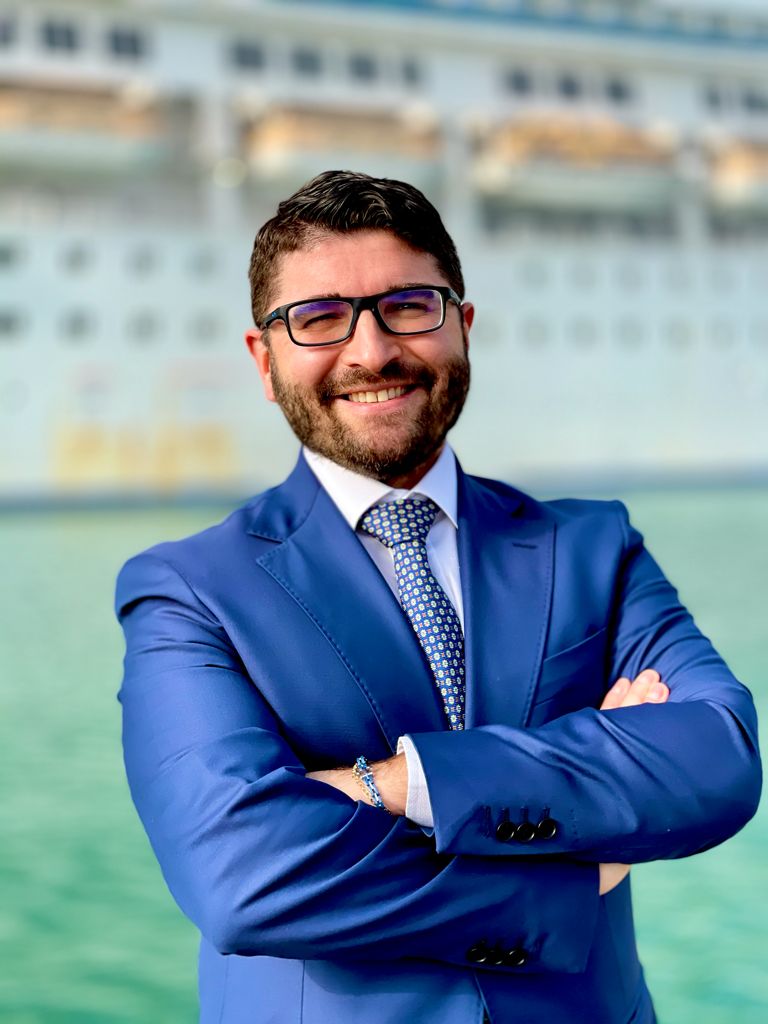
You have just been appointed as President and CEO of the Port System Authority of the Central Northern Tyrrhenian Sea, which includes the ports of Rome (Civitavecchia, Fiumicino and Gaeta). Can you briefly present the Port System Authority of the Central Northern Tyrrhenian Sea? What are its main challenges?
The North Central Tyrrhenian Sea Port Authority comprises the ports of Civitavecchia, Fiumicino and Gaeta and is also known as the Authority that governs the "Ports of Rome". It was the first port network to be established in Italy in 2003, with the aim of coordinating and integrating the activities of the three seaports of the region, several years in advance of what has been established nation-wide with the legislative reform of 2016.
The main port is Civitavecchia, which is duly considered as the port of the capital.
It has recorded, for many years now, a consolidated primacy for cruises, and its national leadership in this field is undisputed. In that regard, the port is also ranking among the first in Europe and is permanently appearing in the top ten ports of the world. Civitavecchia is also one of the major national hubs for Ro-Ro traffic of the Motorways of the Sea.
On the cargo side, the main trades are related to agri-food, particularly fresh and perishable goods, as well as automotive and coils, being the port of call of the industrial steel cluster of Terni. At the moment, the port also has a container terminal that handles about 100,000 TEUs a year, a figure that definitely needs to be upgraded in the years to come.
To date, the port of Fiumicino is focused on liquid bulk, in particular aviation fuels for Rome's nearby airports. A significant development is planned and partly already funded for the incoming years, with the construction of Ro-Ro and cruise berths, a harbour for trawlers (as the largest fishing fleet of the region is hosted there) and specific sites to host industrial activities, particularly related to ship-building and ship-refitting yards.
The port of Gaeta has seen a recent enlargement of its warehousing and service areas, while the main quay has been reinforced, updated and expanded. This quay, although still relatively small, will also be able to accommodate some small to mid-size cruise ships of the latest generation, favouring tourism throughout the Gulf and South Pontine area.
The main challenge is to effectively become – in practice – the Port of Rome, by consolidating the primacy for cruises and making them a driver for the development of the economy not only of the port system, but of the entire Lazio Region, and focusing on the further growth of the Motorways of the Sea, increasing the connections not only with the islands and with other European countries such as Spain, but above all with North Africa. The African continent represents the fastest growing market of the next decades and will certainly be the most interesting for us, given our geographical position.
As far as containers are concerned, the real challenge for the port, and more generally for the regional industrial complex, is not to plan and build ever larger infrastructures, but to effectively become the real logistics platform of the Lazio region, where the port of Civitavecchia becomes not only a logistics hub, but also a place where integrated logistics and semi-manufacturing activities can be established and provided, possibly in duty-free areas or in structures where some forms of customs facilitations are provided, of course within the framework conceded by the EU regulations.
It may be surprising but the largest majority of the containers generated by the hinterland industries and destined for export, which are estimated at roughly 500k TEUs per annum, are still bound to other ports and not to Civitavecchia.
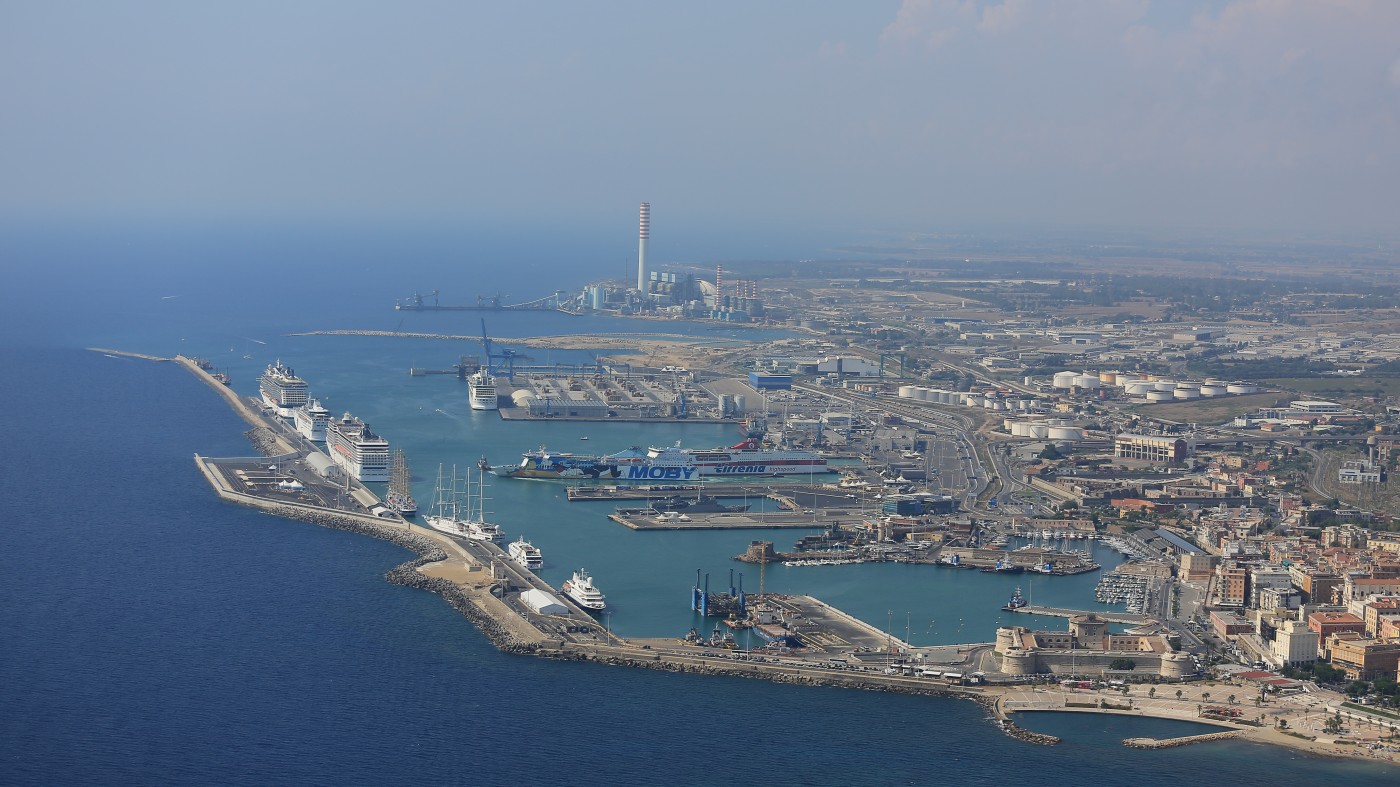
You are not a newcomer in the port sector. Before joining the Port System Authority of the Central Northern Tyrrhenian Sea, you were Chairman and CEO of the North Adriatic Sea Ports Authority, which covers the port of Venice. How did you get into maritime transport? How did your career path led to this position?
Although at 42 I still want to consider myself relatively young, indeed I am not a newcomer, having already served a four-year stint as Chairman and CEO of the North Adriatic Sea Port Authority.
If we want to be precise, I did not get into maritime transport, I was literally born into it. My late father, who unfortunately died when I was only 20, was for more than thirty years a manager of the Authority that managed the port of Venice, before the reform that created the Port System Authorities in Italy. His brother, my uncle, was one of the most trusted managers and ship-agents for a very renowned Italian shipowner and all my brothers are, or have been, working in the maritime business. So when my turn came, since I am the youngest in my family, there were not many options left for me to choose, so to say.
At 16, during what were supposed to be summer holidays, I was “kindly advised” by my family to spend most of them working as an assistant forwarding agent in the port, and so it happened also in the subsequent two summers. By the time I enrolled at university, I was already “hooked up” by the maritime and shipping business. The rest is somehow consequential: I graduated in law in Italy with a final dissertation in Maritime and Transport law, then after a period in private practice and the public sector, I decided to further complete my studies with an LLM in International Commercial and Maritime Law at Swansea University in Wales and from then on, I have had the chance to work either in maritime consultancy firms or in-house for shipowners, exploiting the possibility to live and work in several places worldwide, including Antwerp and Singapore.
When the Italian government launched a public call back in 2016 to select the Presidents of the newly created Port System Authorities comprising more than one port, I simply applied. Notwithstanding the fact that I was very young back then, the Minister of that time, Mr. Delrio, believed in my potential and saw that I could bring some new ideas to the system, and decided to appoint me in Venice. The rest is somehow “history”, so to speak.
Both Venice and Civitavecchia are important cruise and ferry ports. Due to the COVID-19 pandemic, the cruise and ferry business has been severely hit. What has been the impact of COVID-19 on the passenger business in the port? What do you think is needed to revitalise and boost the cruise and ferry business? Can the EU play a role in the recovery of the sector?
For the passengers part, it is clear that the port of Civitavecchia is by far the most penalised in Italy and this aspect cannot be ignored if we want to allow the Port of Rome to recover and be able to fully perform again.
Suffice it to say that we registered a jaw-dropping 80% decrease in port calls, compared to those made in 2019, and the largest majority of these missed calls were represented by cruise and liner ships. During 2020, the cruise passengers that visited the port of Rome were barely 207.000, compared to the 2.6 millions of passengers registered in 2019.
Cruises lost 92% of passengers compared to 2019 and Ro-pax traffic halved (-46.7%). Cruise companies have been working since the first months of lockdown on safe cruise models, with shorter itineraries including only national ports and also guaranteeing the possibility of shore excursions in COVID-free "bubbles". However, it is quite clear that only the effectiveness of vaccines, a widespread vaccination campaign, and the concrete prospect of being able to return, or at least get closer to a resemblance of normality, will offer to potential cruise ‘goers’ the necessary peace of mind to resume travelling.
Motorways of the Sea routes have less suffered from the pandemic, both because last summer's reopening saw the movements with the islands immediately increase, and also due to the structure of the liner services, such as to Barcelona and Tunisia, which have been kept operative for as long as possible, taking into account that both goods and passengers travel on the services that are MoS.
In particular, the line for Barcelona represented in recent months the only and last link available between Italy and Spain for weeks.
The role of Europe has thus been particularly relevant in granting the necessary connectivity between members of the Union within the Mediterranean basin. The possibility to establish common rules and guidelines, to create a sort of interoperable environment of procedures and best practices on how to handle this pandemic, and to be prepared for anything similar in the future, would be the most needed and most effective way for the EU institutions to support Member States and the industry.
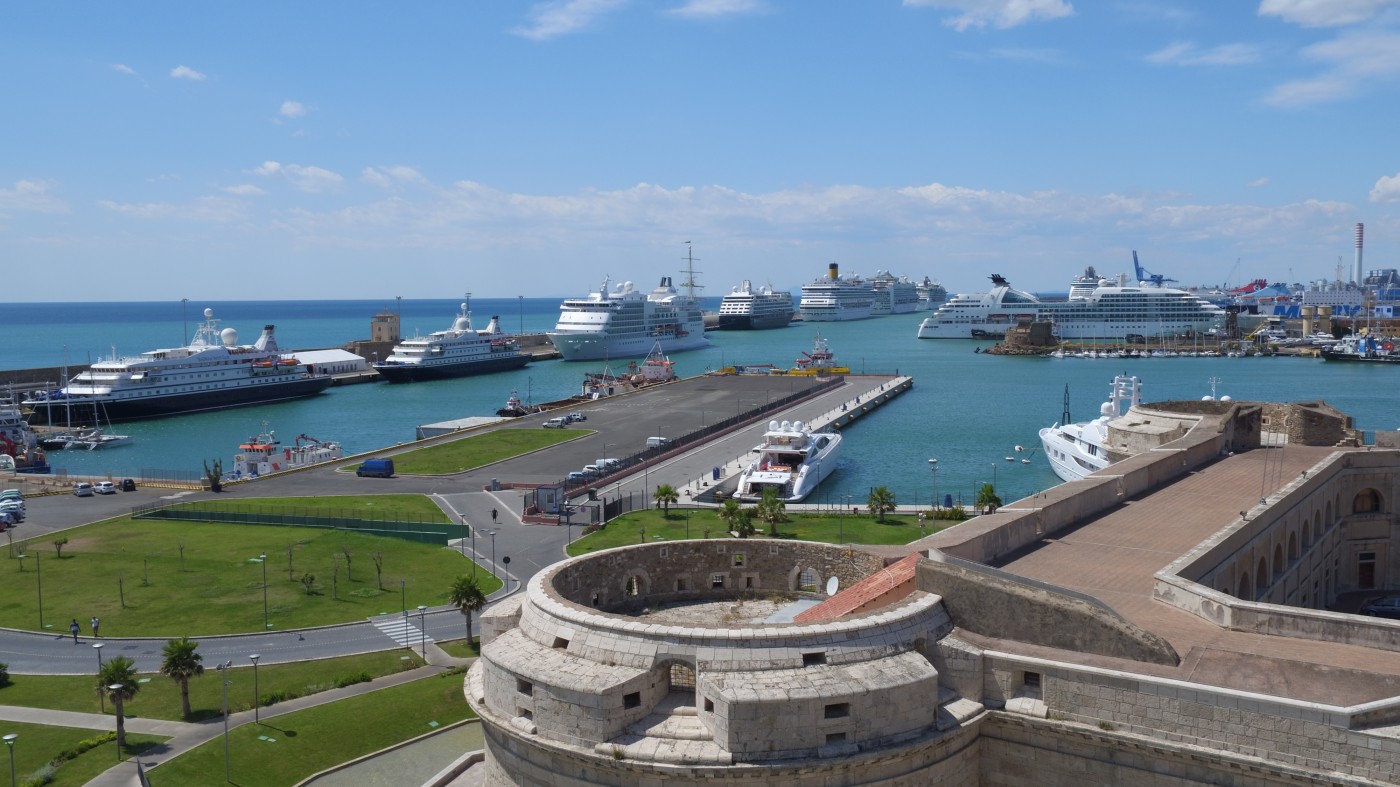
The Commission prepares a review of the TEN-T policy. What are your main priorities for your port system in that respect?
The priority is to be included in the Core Network. It is paramount that, this time, Civitavecchia becomes a core port. We are the port of the capital, and as such we should be part of the "Core" network, beyond the volumes of traffic developed and - I cannot define it otherwise - it was a mistake not to have immediately included the Port of Rome in the list of Core infrastructures. Acquiring this status would allow us to be much more proactively involved in the participation to EU projects and to work in a more coordinated way with other national institutions to develop the sustainable, green, and innovative “connecting fabric” of the country, and therefore of the Union, of the future.
The Port of Civitavecchia participates together with the Port of Barcelona in a Motorways of the Sea project called “BC Link”. Can you briefly explain this project to us? Motorways of the Sea are important in terms of reducing the carbon footprint of transport. What is the environmental impact of this project?
The overall project considers the Motorways of the Sea (MoS) as one of the main drivers of the international trade within the Mediterranean Sea. The action aims to contribute to reaching this goal through: the building of the Pier no. II of the new Ro-Ro facility in the Port of Civitavecchia; the reinforcement of breakwaters and quays; the upgrading of structures and facilities destined to serve Short Sea Shipping trades; and the revamping and refitting of the rail link to serve the trailers and cargo bound to and coming from the port of Barcelona.
Grimaldi, the shipping line which links Barcelona and Civitavecchia, has recently increased the capacity of this maritime link thanks to the deployment of two ships with increased capacity (m/v Cruise Roma and m/v Cruise Barcelona). The environmental impact is undeniable, since a large number of trucks and trailers, otherwise destined to clog already busy highways, is now moving by sea to reach their final destination. This entails a significant decrease in emissions, an improvement in urban mobility, lower costs of maintenance for roads, flyovers, bridges and a better logistic chain.
For several years now, geopolitical conflicts, trade disputes and economic nationalism have seemed to be on the rise. This in turn has a negative impact on an open, free and equal international trade environment, which is very important for European ports. Are you concerned about those developments? How might they affect the European port sector in your opinion?
For Civitavecchia, these aspects are of particular importance insofar as the port is able to implement the Ro-Ro links that already exist with North Africa, which undoubtedly represents the market – literally at our doorstep – to look more closely at in the coming years.
In addition to existing links with Tunisia, new lines with Libya can be a first step towards creating stable traffic corridors with the area that will soon be the main outlet for consumption and investment globally. Attempts have been made in the past with Libya and Egypt, which have been unsuccessful mainly because of the geopolitical conflicts, some of which still exist, especially in Libya, where it is to be hoped that the relative stability of port areas will now make it possible to establish stable and durable maritime links with Italy.
And since Italy, in this context, represent the closest ‘outpost’ to Northern Africa, from a European perspective it goes without saying that any connectivity improvement made with these areas will benefit the whole Union, not just a country.
In 2019, Italy became the first EU Member State to join the Chinese Belt and Road Initiative (BRI), a massive infrastructure investment project aiming to enhance connectivity between China and other countries on the Eurasian continent. Do you see any opportunities for the Port of Civitavecchia? What is your opinion on the criticism that the BRI serves Chinese strategic interests, and therefore should be dealt with cautiously?
I have spoken overtly about the possibilities offered and the risks represented by the BRI since 2017, when it was still called OBOR.
We were very few back then, when almost everyone was just praising the Chinese actions and strategies almost unapologetically. It is clear now that BRI serves mainly Chinese national interests (but we do not have enough space here to describe in detail how) and that it serves broader and more multilateral goals only when the latter does not collide with the former. This does not necessarily mean BRI is bad or harming the national and continental interests, as long as it is clear that in the mid-to-long term period, the conflicting interests of Chinese and EU economies and communities will eventually lead to a more confrontational situation.
However, in a clear and open market where rules of engagement are visible and adopted beforehand, the potential volumes generated thanks to or as an effect of the BRI can represent a very interesting area for any Mediterranean port, particularly Civitavecchia, which has a very significant national catchment area not fully served nor exploited, in regard to cargo trades.
Due to the COVID-19 pandemic and its impact on global value and production chains, the debate on reshoring industry back to or closer to Europe and diversifying supply chains gained a new momentum. Do you think that, in time, we will see a reshoring of industry closer to Europe as well as more diversified supply chains?
To be fair, some of the mentioned processes were already subtly ongoing before COVID. But the pandemic somehow accelerated everything, since it has shown with a devastating clarity the contradictions and risks connected with extremely “stretched” supply chains and with the concentration of production and manufacturing capacity really far away from where the goods are supposed to be sold or used. If we can build an “ecosystem” able to attract industries, or parts of them, willing to reshore, this should be done without hesitation. And ports are the ideal places where most of this reshoring could, and should, take place thanks to the availability of spaces, the need to diversify and convert areas, due for example to major changes in the energy and chemical sectors, and the ability to be at the same time logistic nodes and industrial clusters.
The European Green Deal includes new legislation on alternative fuels and associated infrastructure. The Port of Civitavecchia is currently installing onshore power supply (OPS) in the port. Can you briefly explain why you took the decision to install OPS in the port? How do you see the use of OPS evolving in the future? Which quays are covered? Can you count on public financing? Do you have an agreement or an engagement of the shipping lines to use the installations, once ready?
The port of Civitavecchia aims to equip some docks and in particular the cruise terminal and the ferry dock with the facilities for powering ships through Cold Ironing or Short Connection.
The plan of the Port Authority includes moorings for two medium-large cruise ships (docks 13 and 13 bis) and two for latest generation ferries (docks 32 and 33).
At the moment, there are already moorings where electricity is drawn to power ships. They are located in docks 6 and 7 of the Historic Port, which are used by medium and large pleasure boats (yachts up to one hundred meters in length). In this respect, it is important to highlight how this portion of the port is the most sensitive and vulnerable to the topics related to sustainability and pollution, given its close proximity to residential areas of town.
Finally, in regard to the use of electricity during the mooring phase, the wide interest of the major shipping companies in both the cruise and cabotage sectors is not a secret. For instance, the Grimaldi group would like to use the electricity supplied on the quay to recharge the lithium batteries installed on its ships.
How do you view the future of LNG as a transitional fuel replacing the use of heavy fuel oil and marine gas oil?
I do believe that LNG, with its capacity to sensibly decrease SOX, NOX and particulate emissions can represent indeed the transitional fuel, while research and the industry still try to develop the technological skills to adopt more performing and less polluting fuels. In fact, in my former position in Venice we developed a project, also thanks to significant funding received by the EU, that will eventually build one of the first coastal LNG deposits in Italy, which should become operational in 2023. Thus I do not only believe in LNG, I have worked to make it possible and viable in a port environment. We are trying to assess whether we can, in a time-sensitive manner, develop similar projects in Civitavecchia. The matter is indeed on our list of priorities of things to assess and study in the next months.
The Port of Civitavecchia is part of the ESPO EcoPorts Network. Can you briefly tell us about the Port of Civitavecchia’s environmental priorities? How do you think a port managing body can contribute to the decarbonisation of transport and the logistics chain?
Sustainability is one of the key words to develop a new business model, and has become a cornerstone of any economic planning worldwide. In Europe we recently addressed the matter with the launch of the “New Green Deal”. Any port planner or developer should have this clearly in mind. Our growth model starts here. Green hydrogen represents one of the main challenges and opportunities to be seized to project the Port of Rome into an environmentally friendly future and make it a reference of excellence for ports and logistics, nationally and possibly internationally.
The North Central Tyrrhenian Sea Port Authority participates in the Horizon 2020 call "European Green Deal" with the "ZEPHyRO" project, worth about 25 million euros. Our role is to be a port "lighthouse", a coordinator of the entire project.
The main idea is to make Civitavecchia an example of a green port, creating on a real scale a series of plants aimed at inserting quantities of renewable energy and green hydrogen in the energy chain, which would allow to prove, on a significant scale, the effectiveness of the technologies of the hydrogen chain.
The aim is to demonstrate that the "decarbonisation of the port" through the use of hydrogen both as an energy storage vector, which can be converted back into electricity when necessary, and as fuel for zero-emission freight handling systems can be obtained and is not far away in time.
I hope that the project will be accepted and that its implementation will become an international best practice.
In addition, always in line with the Green Deal, Civitavecchia Port is a candidate to become the first Italian port "Hydrogen Valley". The Port Authority is also one of the partners of the European project "LIFE3H", coordinated by the Abruzzo Region.
The project is absolutely strategic and innovative as it is the first Italian project on hydrogen valleys, as well as the first hydrogen mobility project in central Italy. Hydrogen is undoubtedly a pillar of this strategy and the challenge is to minimise the transition time to the new energy production model, based essentially on a mix of renewables and ”green” hydrogen. Being at the forefront of this growth path, until it can become a model of excellence at European level, certainly represents a plus for the Ports of Rome and an important investment in the future of the port and the territory, which can focus on a mix of Green and Blue Economy for its growth.
A Port Authority or a port managing body can set higher standards regarding the goals to achieve, particularly in the field of decarbonisation of transport and logistics. We can be an example for both public and private stakeholders along the chain, and this is probably one of the most challenging and at the same time rewarding tasks of the future, for those who are, like me, in the position to make such choices.
Related documents
No attachments.

